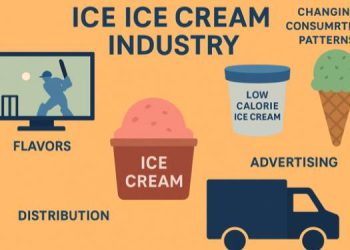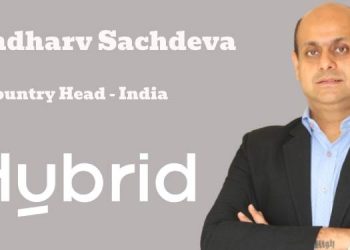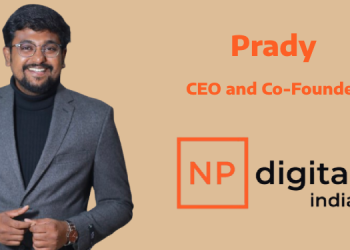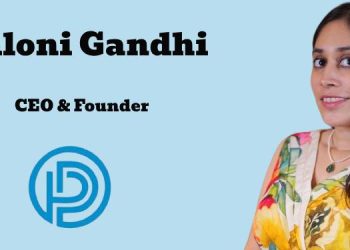In an era dominated by streaming platforms and social media algorithms, independent musicians face both unprecedented opportunities and formidable challenges. The digital revolution has lowered barriers to entry, allowing artists to share their music with the world without the backing of a major record label. However, the same platforms that offer exposure have created a fiercely competitive landscape, where standing out requires not just talent but a mastery of self-promotion, digital marketing, and fan engagement.
Historically, musicians relied on record labels to handle distribution, marketing, and production. But today, independent artists are increasingly wearing multiple hats—creator, promoter, and entrepreneur. According to a 2022 study by MIDiA Research, independent artists generated $1.7 billion in revenue, marking a 25% year-over-year growth and highlighting the sector’s immense potential. Yet, this growth is uneven, with many struggling to achieve sustainable income due to the low payouts from streaming services. On platforms like Spotify, it takes approximately 315 streams to earn a single dollar, as reported by Soundcharts.
To address these challenges, crowdfunding platforms such as Patreon and Kickstarter have emerged as vital tools for musicians to monetize their art. These platforms empower fans to directly support their favorite artists through subscriptions or one-time contributions, bypassing traditional industry gatekeepers. For instance, Amanda Palmer, a pioneer in leveraging crowdfunding, raised over $1.2 million on Kickstarter to fund her album, demonstrating how direct fan engagement can transform an artist’s career.
Social media also plays a pivotal role in democratizing visibility. Platforms like Instagram, TikTok, and YouTube have enabled artists to build authentic connections with their audiences. Viral trends, such as TikTok challenges, often catapult independent tracks to global fame. Lil Nas X’s “Old Town Road,” which started as a viral TikTok sensation, underscores the transformative power of these platforms in shaping music careers. However, relying solely on virality is risky; consistent content creation and algorithm navigation remain crucial for sustained success.
Despite these avenues, independent artists still face systemic hurdles. The lack of affordable access to professional recording studios, limited industry connections, and the overwhelming nature of managing multiple roles often lead to burnout. Organizations like CD Baby and DistroKid have stepped in to alleviate some pressures by simplifying distribution and royalty collection. Moreover, grassroot initiatives, such as artist collectives and indie music festivals, provide platforms for collaboration and community building.
For sustained growth, industry stakeholders must actively support independent musicians. Streaming platforms could implement fairer royalty distribution models, while governments could introduce grants or subsidies for the arts. Fans, too, have a critical role to play. Simple actions like purchasing albums, attending live shows, or even sharing a favorite artist’s track can significantly impact their livelihood.
The digital age has redefined what it means to be an independent musician. While technology has unlocked immense potential, achieving success requires resilience, adaptability, and a robust support system. By fostering an ecosystem that champions creativity and fairness, the music industry can ensure that independent voices continue to thrive in this ever-evolving landscape.
(Views are personal)

















